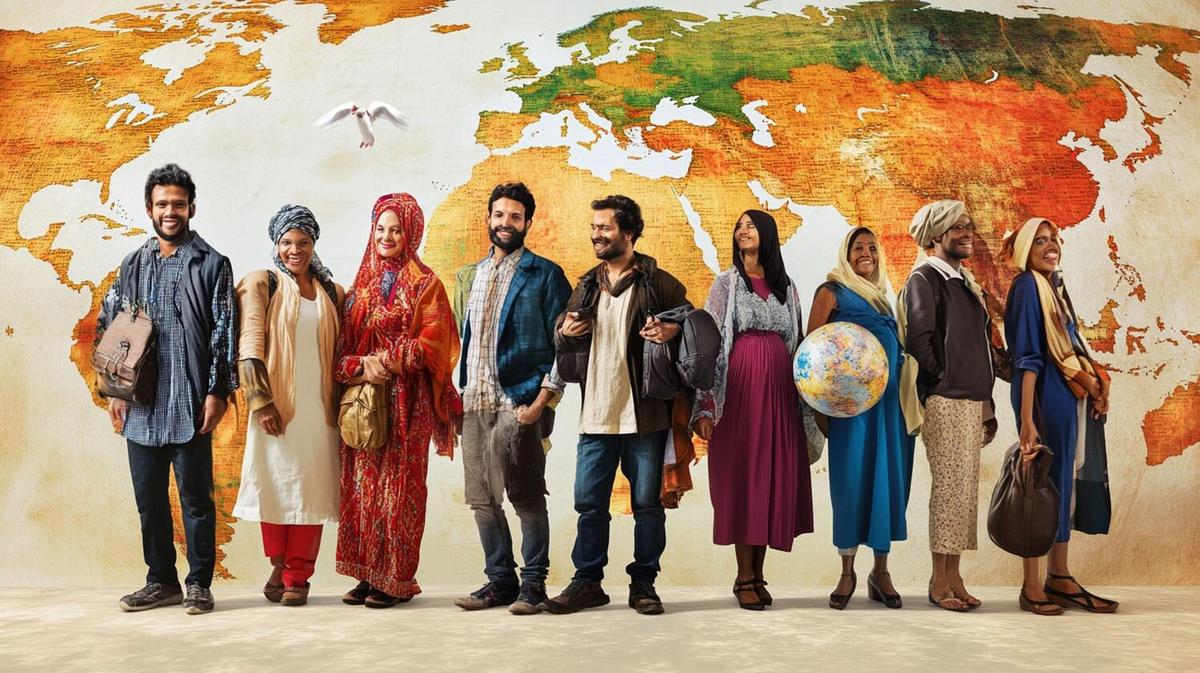
Understanding Cultural Etiquette Across Different Countries
Navigating the intricate world of cultural etiquette can be both fascinating and daunting. Understanding the unspoken rules that govern social interactions in different countries not only enriches your travel experiences but also fosters meaningful connections.
Why Cultural Etiquette Matters
Cultural etiquette is more than just knowing when to shake hands or bow. It reflects the values and traditions of a society. For instance, in Japan, bowing is a sign of respect, while in some Middle Eastern countries, a firm handshake is appreciated. According to a study by the World Tourism Organization, travelers who are aware of local customs tend to have more positive interactions and deeper cultural immersion.
Expert Insights on Cultural Etiquette
Linguist and cultural expert Dr. Emily Roberts emphasizes, “Understanding cultural differences in etiquette is crucial for effective communication and avoiding potential misunderstandings.” She suggests that respecting local customs can lead to more authentic experiences and opportunities for meaningful dialogue.
Examples of Cultural Etiquette Around the World
Consider the following table highlighting various etiquette practices across different countries:
| Country | Etiquette Practice |
|---|---|
| Japan | Bowing as a greeting |
| France | Kissing on both cheeks |
| India | Eating with the right hand |
| Mexico | Being late is often acceptable |
| Thailand | Respecting the head as sacred |
| Italy | Using formal titles in conversation |
| Brazil | Standing close during conversations |
| Germany | Punctuality is crucial |
Personal Anecdotes
When traveling to Italy, Alex, a frequent traveler, recalls the importance of using formal titles. “I was surprised by how much respect I earned by addressing people with their titles,” he shares, “It opened doors to deeper conversations.”
Actionable Tips for Travelers
- Research local customs before you travel.
- Observe locals and follow their lead.
- When in doubt, ask politely.
- Be open to learning and adapting.
Additional Resources
For more insights, check out resources like Culture Crossing and eDiplomat’s Cultural Etiquette Guide. These platforms offer comprehensive guides on how to navigate social norms in various countries.
Frequently Asked Questions
What is cultural etiquette?
Cultural etiquette refers to the customary codes and practices that govern behavior in different societies.
Why is cultural etiquette important?
Understanding cultural etiquette helps prevent misunderstandings and fosters respectful and meaningful interactions.
How can I learn about a country’s cultural etiquette?
Research online, consult travel guides, and engage with locals to learn about cultural norms and practices.
Conclusion
Understanding cultural etiquette across different countries is key to enriching travel experiences and building respectful global relationships. By embracing these practices, you not only show respect but also open the door to authentic cultural exchanges. Next time you travel, take the time to learn about the customs of your destination and see how it transforms your journey.


